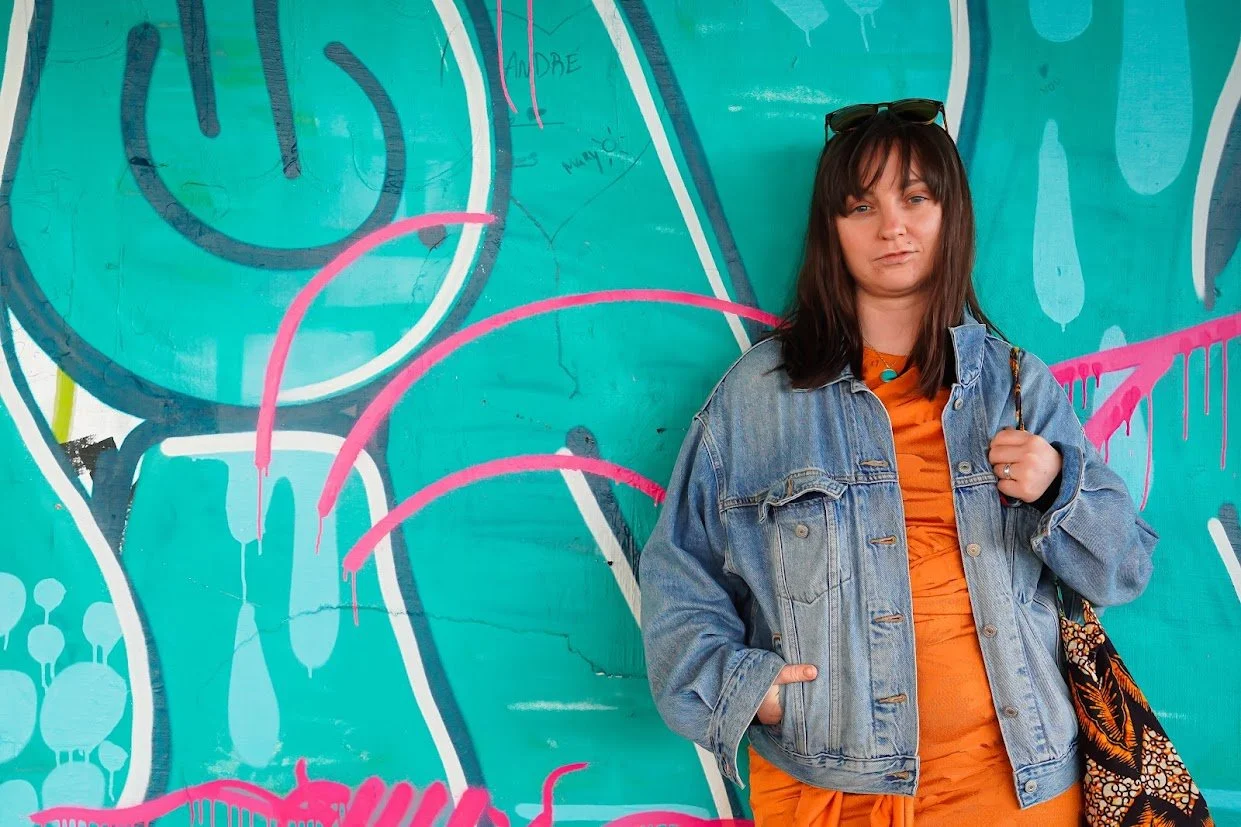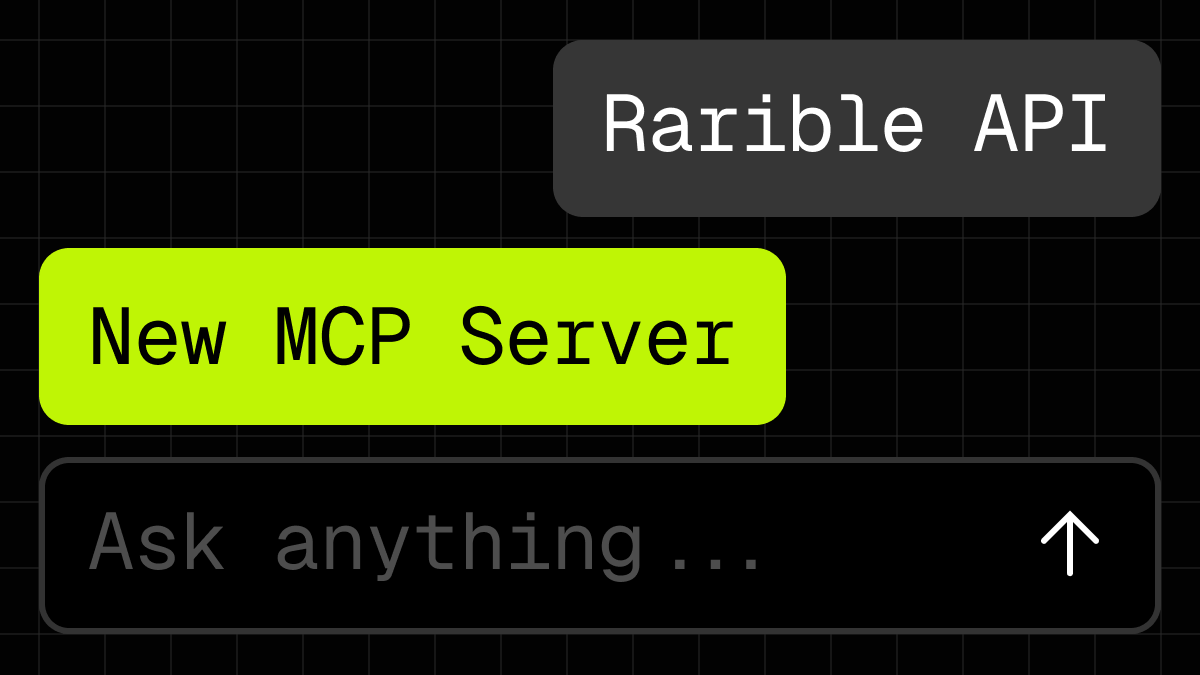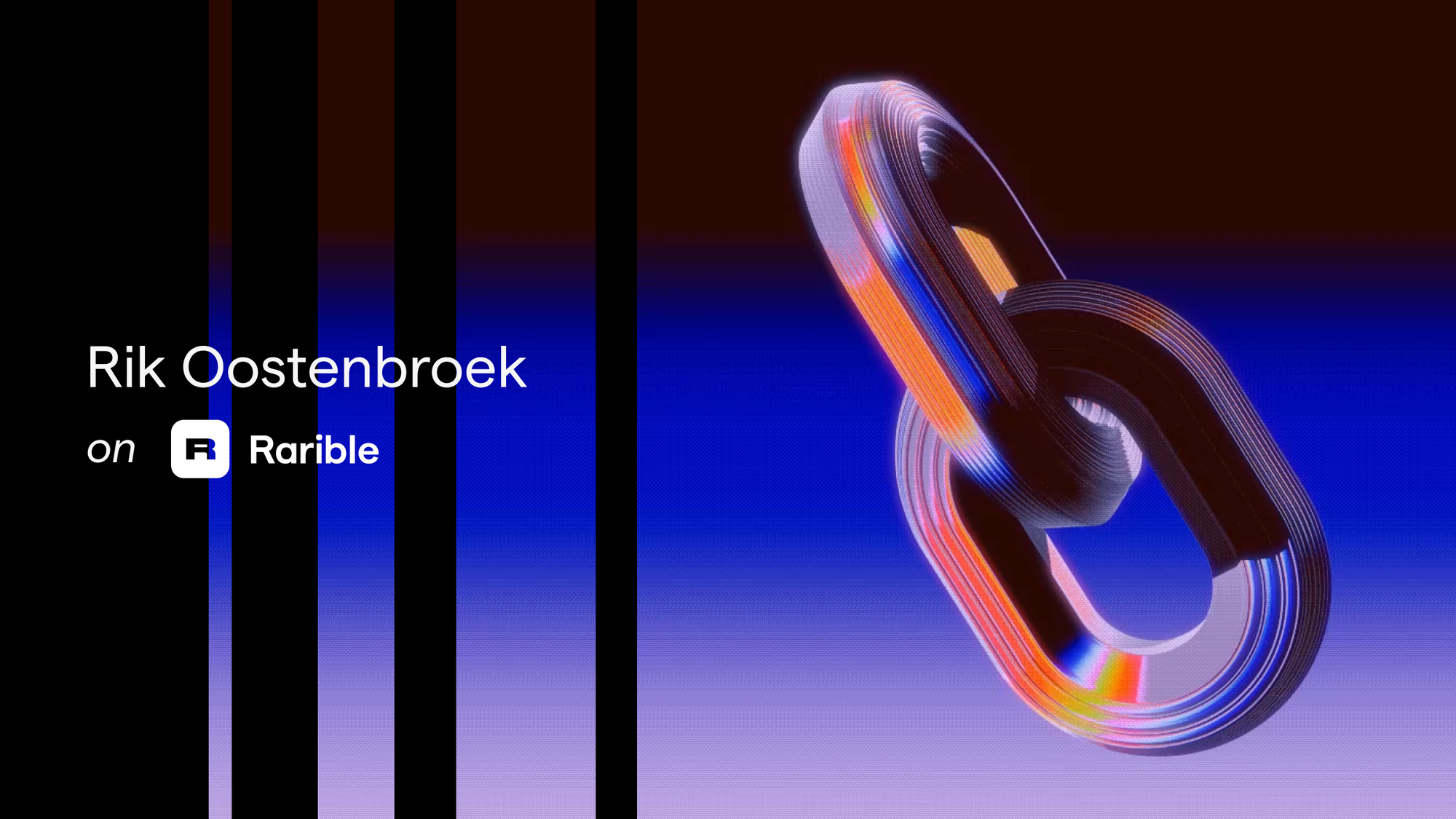My Portfolio
At Rarible, I craft everything from B2C campaigns and B2B partner launches to technical explainers and in-depth product guides.
I also write for Nashpoint, a DeFi protocol focused on diversified yield across DeFi and RWAs.
This portfolio highlights work across different audiences and formats.
When I can, I explore digital art and online culture on my Substack, render_output and on my X Articles.
Inside Nashpoint’s RWAFI Fund
Educational deep-dive for DeFi investors explaining Nashpoint’s flagship RWA/DeFi hybrid investment product. I distilled complex protocol mechanics—like automated reserve rebalancing—into a clear, accessible breakdown for a mixed retail and professional audience. The piece demonstrated product transparency, supported brand trust, and served as a key reference point for investor communications.
A small sample:
The fund maintains a target reserve ratio – meaning a fixed percentage of total assets is held in liquid form, and gradually deployed into strategies based on target allocations and available liquidity. Targeting this reserve ratio protects returns by maintaining limited liquid assets to meet short term demand requests.
Rebalancing: Every 24 hours, Nashpoint’s offchain automation system (“Keeper”) checks the reserve.
If reserves exceed the target, the Keeper allocates excess funds to underweight strategies.
It compares current allocations to target weights and deploys capital accordingly.
If users have requested their funds to be returned, it will pull capital from the reserve or underlying assets to process those requests.
This happens automatically, so you don’t need to take action. Your investment is optimized in the background.
Each component's target weight is predetermined by the NashPoint team, based on risk analysis and performance goals.
Introducing the Rarible MCP Server
Launch article aimed at developers building NFT dapps, highlighting Rarible’s new MCP Server for natural-language protocol queries. I translated technical documentation into a clear, benefits-focused narrative for both web3 engineers and technical leads. The piece positioned Rarible as a leader in developer tooling and supported API adoption by demonstrating real-world use cases.
A small sample:
The Model Context Protocol (MCP) SDK is a new developer tool that lets you query the Rarible Protocol API using natural language via LLMs like Claude, Cursor, or your own LLM-based agent. You can use it as a standalone MCP server or integrate it into an existing project to add context-aware NFT data access.
This is a production-grade, type-safe TypeScript SDK that gives you structured access to NFT items, collections, ownership, marketplace data, and more. It works in both browser and server-side environments, supports CommonJS and ES Modules, and is fully modular if you’re working with tight bundles or need custom hooks.
Case Study: The Composables PFP Collection
I led launch content for Espresso Network’s cross-chain PFP collection, The Composables. I positioned the drop as both a community moment and a proof of their cross-chain NFT tech—messaging that clicked with collectors and developers, helping sell out all 5,000 NFTs in minutes.
A small sample:
Some projects go viral. Others go deep…The Composables did both, minting out 5,000 NFTs, generating nearly 700 ETH in volume, and building lasting trust with collectors. It wasn’t hype or luck. It was the result of a clear vision, strong community alignment, and the right partner to make it all work.
The numbers:
Mint price: 0.0359 ETH.
Current floor price: 0.285 ETH.
4,500 NFTs were minted through allowlist access within hours.
500 NFTs sold out during the public mint in just minutes.
717.8 ETH in trading volume to date.
The Composables roadmap introduces a wave of new features built around true crosschain functionality. First up is Composable Drip—a mint-anywhere collectible that holders can eventually merge with their NFTs, no bridging required. Soon, Composables themselves will be able to travel between Espresso-integrated chains, evolving with each move and earning rewards. Read more here.
Looking further ahead, Espresso and Rarible are collaborating on crosschain NFT markets, enabling seamless buying and selling across chains without asset transfers. Altogether, these updates showcase a frictionless, composable multichain future in action.
Your Chain’s NFT Marketplace—Fully Powered by RaribleX
B2B marketing content promoting Rarible’s custom marketplace solution for L1s, L2s, and ecosystem teams. I positioned RaribleX as a flexible, white-label NFT marketplace solution, making the technical side clear while highlighting the business value for potential partners.
A small sample:
With RaribleX, your custom marketplace becomes a liquidity engine. Secondary sales, royalties, and onchain fees generate consistent transaction volume. For creators and builders, it offers a launch-ready venue. For collectors, a native trading hub. For your ecosystem, proof of traction.
Our marketplaces are built on top of the Rarible protocol – a modular, open-source, API-first protocol that is totally secure and fully audited. We build to industry standards, including multichain compatibility and necessary compliance features. All of which unlocks partnerships with real-world partners who need trusted infrastructure before they can commit.
And because RaribleX marketplaces can give you unique data insights, you gain visibility into user behavior, collection performance, and ecosystem health. These insights provide a strategic foundation that you can use to refine your roadmap.
Everything You Need To Know About Dropping With Rarible
Guide designed to help Rarible’s ecosystem team onboard creators and projects. It walks through the drop process in a way that’s clear and confidence-building, whether you’re web3-native or minting for the first time. It’s now a go-to resource in partner conversations and has helped drive new creator drops.
A small sample:
Once you’ve decided which chain, and what kind of collection you want to drop, we take care of everything else. Currently, we support ERC 721s on Rarible.com, and we plan to expand our capabilities to other token standards soon, so watch this space! We will launch the contract for you and take care of all the technical details.
Not only that, but we will always do our best to help you with any technical issues you’re having with the work itself. We’ve helped artists create JSONS, work out drop mechanics, and set up unique minting phases such as allowlists and more. If you have a vision in mind but you’re not quite sure how to execute, reach out to us and let’s see what we can create together.
…
Ok, you’re hyped, you want to drop with us - so how do you reach us? It’s simple — just fill out this form. But please, take your time with it and help us get to know you. Show us your best work, and share your vision with us. Let’s build something beautiful together. Can’t wait to hear from you! Love, Rarible. (LFG)
Rik Oostenbroek Interview
Profile of renowned designer Rik Oostenbroek ahead of his open edition drop on Rarible, which minted over 3,500 editions in hours. I focused the piece on his design legacy and his step into NFTs, engaging Rarible’s art-focused audience and strengthening the platform’s credibility with top-tier creators.
A small sample:
Like many millennials, Rik spent much of his teenage years exploring the new world of computers and the internet. Early creative endeavors included using the hallowed MS Paint to design album covers for so-called homemade CDs (read: downloaded via Limewire). Ah - the good old days.
Growing up in the Netherlands, Rik was surrounded by what’s often considered some of the greatest art ever created (folks like Van Gogh or Vermeer), but none of it ever really clicked with him. It just didn’t resonate, and his first really meaningful experiences with art and design happened online. Browsing DeviantArt as a teenager, he came across the abstract work of David Mascha, and his mind was blown.
Rik spent the bones of a decade working as a designer, collaborating with brands around the world, and making a huge name for himself. Of course, this came at a cost - working for clients can be demanding work, especially as a creative person. Balancing your own creative impulses with the needs of a brand can be stifling.






